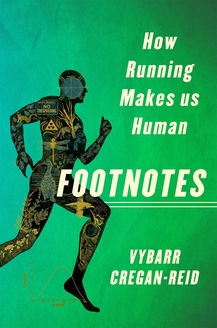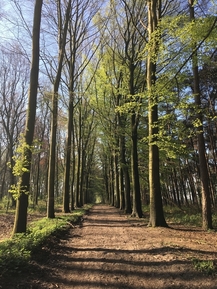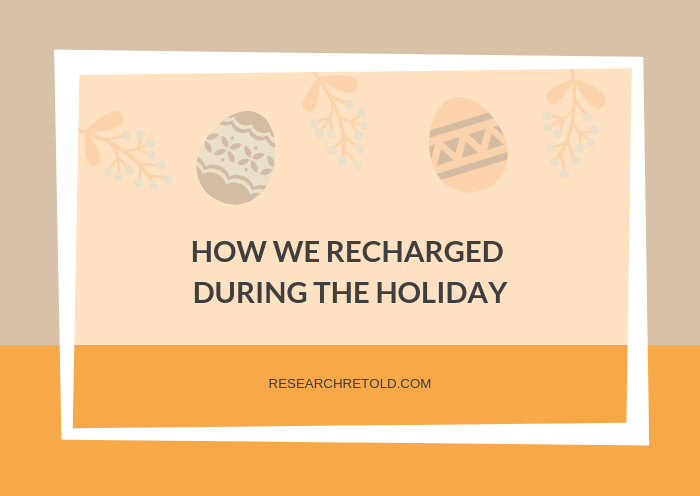Happy Easter. In this blog, I share how we recharged during the holiday and used this time to truly disconnect from work.
These five small but important ways have had a tremendous positive impact on our physical and mental wellbeing.
My hope is that this can give you some inspiration next time you take time off.
1. Not using social media
Before we left on our Easter break, we updated our calendar of social media posts. However, for the duration of the long bank holiday weekend, we actually didn’t end up posting what we had prepared. Like this photo, for example:

In the end, our thought process was that people would probably be with their friends and family, trying to disconnect as well so there would be no reason to encourage people to check their feeds.
Not being on social media completely allowed us to ground ourselves in the present and enjoy what was going on around us.
Moreover, when we disconnected from technology, we all experienced a feeling of time expanding, which made our holiday feel longer.
2. Enjoying family and friends
Being able to fully enjoy the presence of family and friends goes hand in hand with not being on social media. We find that putting away the phone and being truly present in the conversation also had a time-lengthening effect and hugely benefitted our mental wellbeing. There was the occasional picture-perfect holiday snap. Yet, mostly we enjoyed all the small and big moments in the company of dear ones.
3. Spending time in nature

Last year I read a book about running by Vybarr Cregan-Reid titled ‘Footnotes-how running makes us human’. In the book, Vybar talks about how relaxing the colour green can be for our eyes.
I’ve since read more about the mental and physical restoration we get from nature and am fascinated by the topic.
I’m particularly excited about Greg Bratman’s work, a Stanford-based researcher who explores how being in nature can increase rates of outdoor activity.
We took time out to be in nature, enjoying the sun and fresh air, which offered a nice alternative to our office space and day-to-day working environment.
4. Exercising
Following on from my previous point, running in nature is my sport of choice. I use it to relax and restore my energy.

As an avid runner who experiences the full benefits of outdoor, I agree with Vybarr that ‘running transforms us, reconnecting us with our bodies and the natural world’ (Guardian, 2017).
I’ve started running consistently in July 2017 – just before we moved to Leeds. It’s been a long process of balancing my motivation with the gloomy weather in the UK, but overall I have found a consistent rhythm that my body is happy with.
A huge turning point for me was meeting my friend Sarah with whom I discovered my love for long-distance running. I’ve even written a piece in The Yorkshire Post about our adventure to run the 127 miles long (204 km) canal between Leeds and Liverpool, if you’re curious and want to give it a read.
Running on trails and in the woods are some of my favourite places to run in. The combination of green from the trees and the shade of the branches and leaves, the various obstacles, the friendly visitors that join the path (insects, animals), and the runners’ code of nodding at each other when crossing paths, all make running a delight for me and the perfect way to relax on holiday.
5. Learning about self-driving
The final way I disconnected from my work was by immersing myself in a new field: self-driving cars.
I watched the Tesla Automation Day livestream with Elon Musk and his team and soaked all the technical information in.
The 2-hour talk was mindblowing, not only in terms of technological advances and scale but also in terms of what the future could look like.
Having watched the disproportionate focus on tech during the Q&A section, I believe there is a real sense of urgency for social scientists to really step up to the debate and ask some big and important questions. Some immediate questions pop to mind:
- Are the decisions Elon Musk takes purely based on profit and return on investment?
- How seriously do they take privacy?
- Who oversees decision-making?
- Who is responsible if things go wrong?
- What are the potential dangers of this technology ending up in the wrong hands?
- How can we be sure that Tesla cars will always be programmed for ‘good’?
- What are the scrutiny protocols for the engineers they recruit?
There are currently over 500,000 Tesla cars in the world and they are all operated by the same software. This means they are all given orders from the central command. The cars are collectively referred to as ‘the Fleet’ which gives me chills down the spine and serious Starwars vibes.
All in all, I think we need to seriously consider and start having discussions about the complex social, economic, political, legal and regulatory aspects of a world in which Tesla will own, and most importantly, control, all the cars in the world.
I hope you enjoyed reading about how we recharged during the holiday.
We’d like to hear from you – have you done any of the things above?
If you haven’t already, take a look at what the first 4 months of 2019 looked like for our team.
